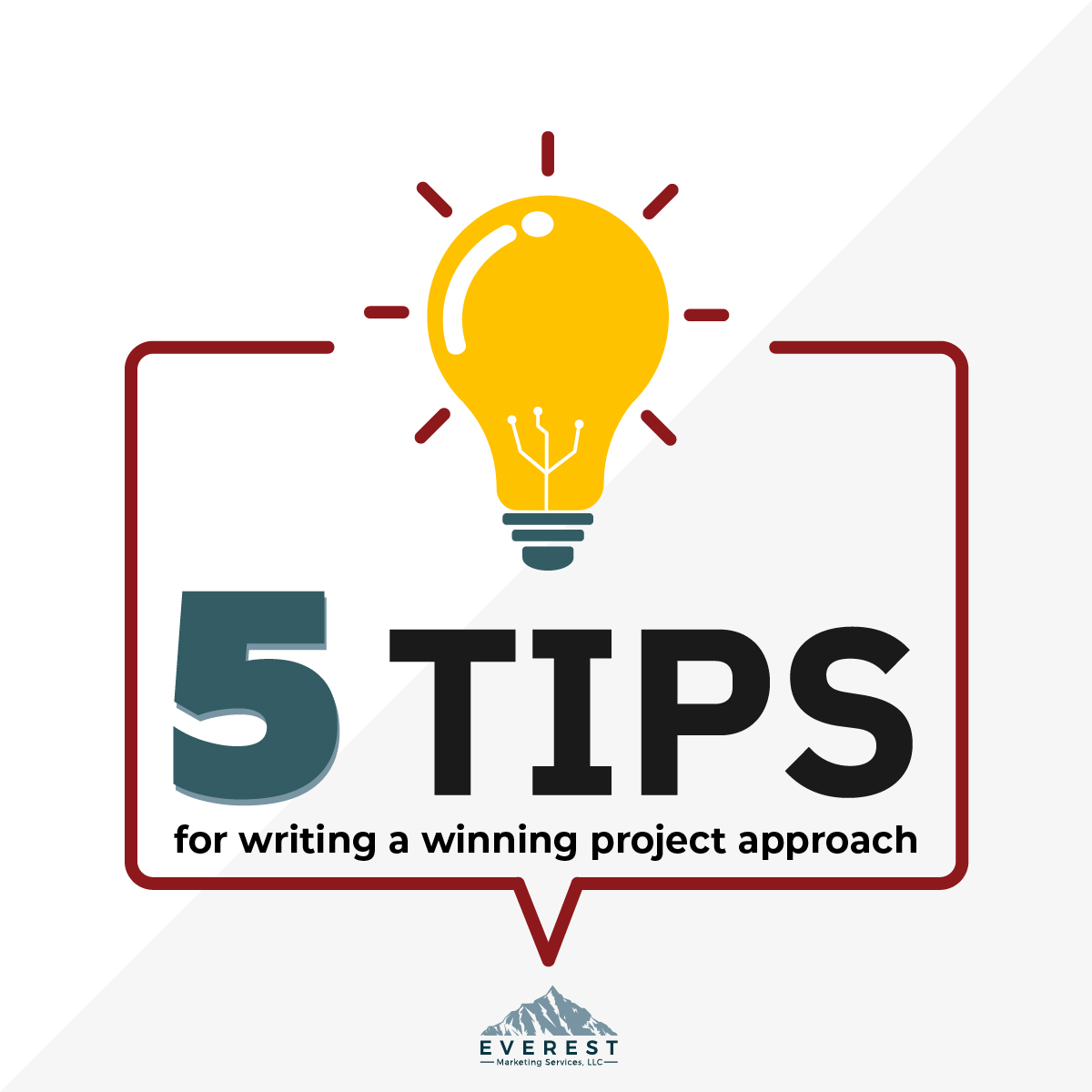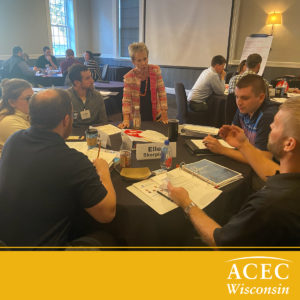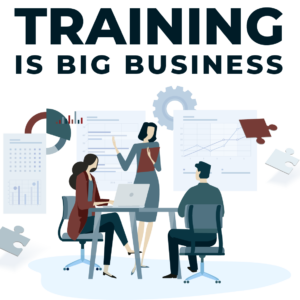One of the biggest proposal conundrums is the project approach. What exactly do selection panelists want to see to move the proposal to the next step, either direct selection or an interview. Let’s dig deep and uncover some nuggets that lead to the win.
First, let’s get clear on what a project approach is: it answers “how” the project will be completed. It is not a regurgitation of the scope of work or a general description of the design or construction process. It clearly demonstrates that the team knows how to deliver this project efficiently and effectively.
The following framework creates a strong approach that shows the reader that your team is not only qualified, but also on top of details that will need specific attention. When you have done your pre-RFP research, then you can bring insights and ideas that differentiate your firm.
Always review the RFP requirements and be vigilant to provide specific answers to sub-questions. Remember to follow the order of the RFP questions to avoid disqualification.
This is a brief explanation of the project’s objectives, including client details, budget, schedule, level of complexity, stakeholders, role of team members (prime and consultant), and other project-specific requirements as outlined in the RFP.
These are the limitations and concerns that you will encounter. Some may be specified in the RFP, and others may have been discussed in the client’s pre-submittal meeting. Be sure to review all documents indicated in the RFP, including studies and reports to identify concerns. You may have special insight because you have worked on the site or with the client on a previous project.
Search the client’s website and internet resources for additional details. Talk with trusted teaming partners and suppliers to see if they are familiar with potential obstacles. Your experience on other similar projects also provides a wealth of knowledge about potential concerns. The more you dig, the better the analysis.
This section is where you demonstrate special expertise and innovation, especially where you have competitive advantage in processes, capabilities, client knowledge, technology, geographic focus, size of firm, teaming partners, or signature accomplishments. Provide a brief but information-packed summary and include alternatives that could be considered. Most clients want to be part of the solution, so avoid prescriptive solutions when recommending options.
These are the key steps you will follow to deliver this project. It will be easier for the client to remember your approach if you keep it simple: three steps are memorable. For example, think of pre-construction, construction, and close-out. Or, combine the typical design process into visioning/concepts, design development, and construction documents. Provide specific information about how you will deliver this project and include details that show you are addressing this client’s specific challenges and opportunities.
Now that you have described how you will deliver the project, show the reader that this approach will result in meeting their goals, including budget, schedule, community support, etc.
Most RFPs indicate that you need to address the following topics as part of the project approach: communication, cost and schedule control, safety, technology, managing conflict, and others. These topics would be included in #4 section above during the appropriate phase or step of the process. Remember to follow the specific RFP requirements and adapt the framework as necessary.
Clients recognize that most firms are capable and qualified to do the work as defined in the RFP. When you write a project-focused project approach that highlights your differentiators and competitive advantage, you are well on your way to winning the work.
Most professionals have adequate technical skills to perform their jobs. Communication skills are the hardest to master. I provide training that blends a veteran’s insights, communication best practices, and practical application to set the stage for professional satisfaction and career growth.





